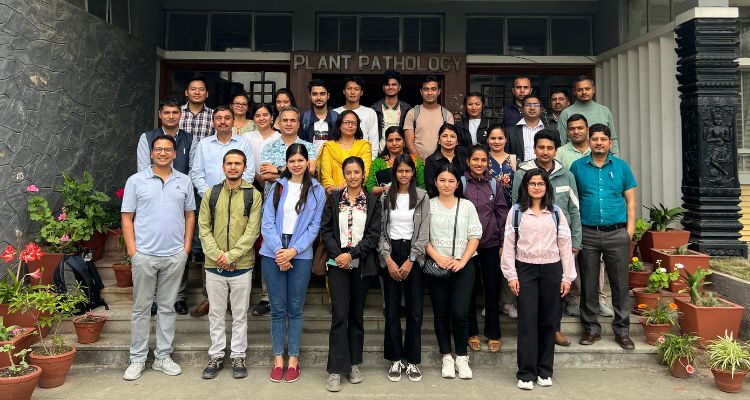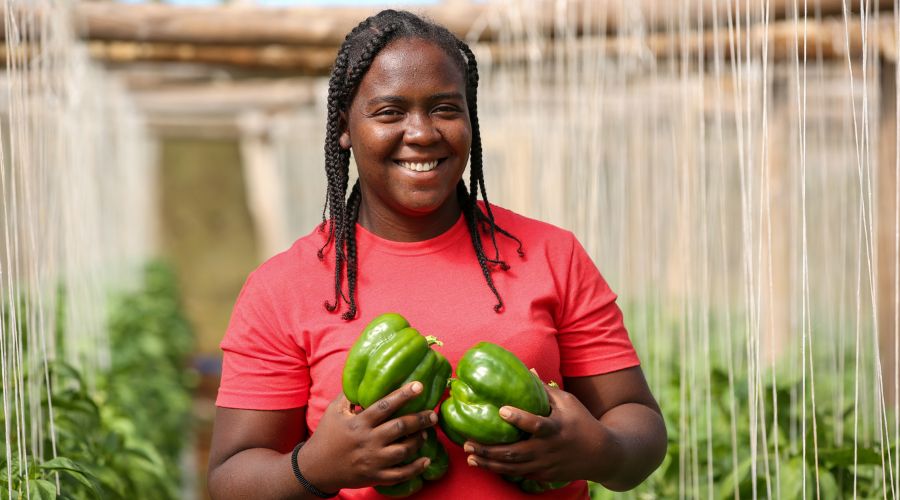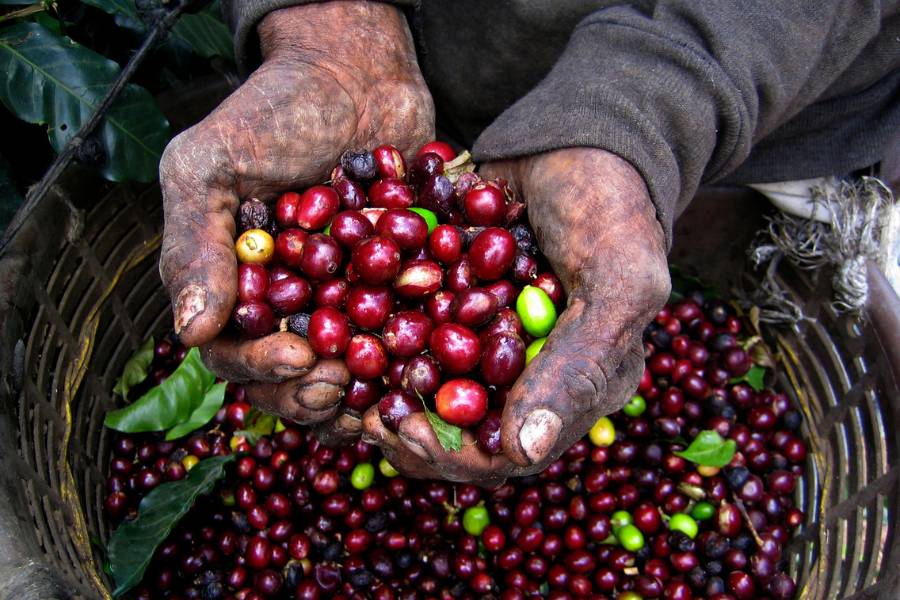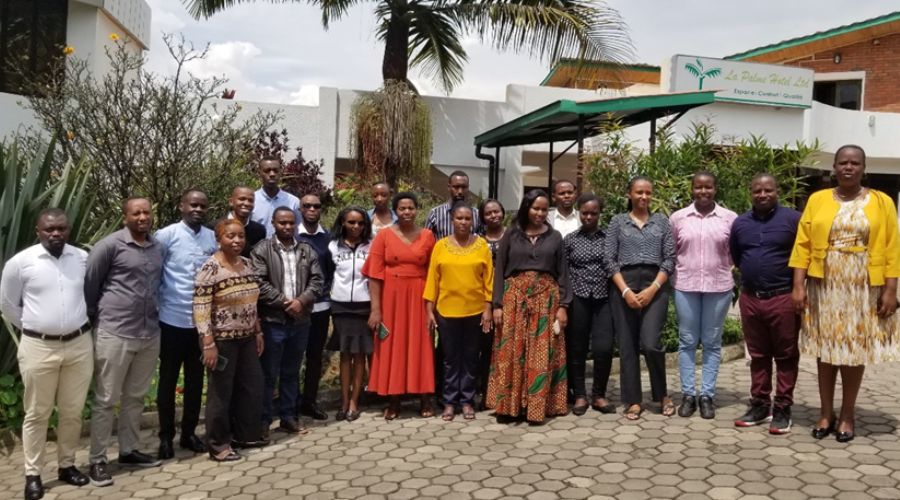Update: New Pest & Disease Records (07 June 2023)
We’ve selected a few of the latest new geographic, host and species records for plant pests and diseases from CAB Abstracts. Records this month include the first report of Dothiorella gregaria associated with fruit rot of walnuts in India, and the discovery of three new species of Botryosphaeriales isolated from diseased plant branches in China.
Pesticide risk reduction tackled at behaviour change workshop in Kenya
Pesticide overuse and misuse pose a risk to farmers, consumers, and the environment. Chemical pest control is a major source of pollution, leading to water and soil contamination. Moreover, pesticides can enter the food chain through residues on crops, jeopardising food safety.
Conserving biodiversity: biocontrol for sustainable agriculture
Can biocontrol help protect biodiversity? Biodiversity refers to all the living things on Earth, including how they interact with each other. A rich biodiversity means a healthy planet.
Update: New Pest & Disease Records (09 May 2023)
We’ve selected a few of the latest new geographic, host and species records for plant pests and diseases from CAB Abstracts. Records this month include the first report of root rot of Dendropanax trifidus caused by Fusarium oxysporum in Korea, and a description of three new species and one new genus in American acanthocinini.
Apply now: Online integrated crop management courses run by CABI and the University of Neuchâtel, Switzerland
Integrated crop management combines local knowledge with new research and technologies. It provides a whole-farm approach that encompasses all of the relevant socio-economic and environmental factors.
Why plant health matters
Why is plant health so important? Plants account for 80% of what we eat and 98% of the oxygen we breathe. They are essential for food security and a healthy world. Better plant health could help end hunger, alleviate poverty, protect biodiversity, and boost economic development. Yet, our planet’s plant health is under threat.
New Pest Management Decision Guides created in collaboration with the Rainforest Alliance
PlantwisePlus and the Rainforest Alliance have collaborated on a collection of Pest Management Decision Guides (PMDGs) for Nicaragua. The PMDGs are available on the PlantwisePlus Knowledge Bank. They provide agricultural advisors and farmers with crop and pest-specific prevention, monitoring and control advice. They enable producers to make informed crop management decisions, minimising the reliance on…
Update: New Pest & Disease Records (20 April 2023)
We’ve selected a few of the latest new geographic, host and species records for plant pests and diseases from CAB Abstracts. Records this month include the first report of root rot on onion seedlings caused by Globisporangium irregulare in South Korea, and the first report of Cucurbit aphid-borne yellows virus infecting muskmelon (Cucumis melo) in…
Plant doctor training improves Rwandan farmers’ access to plant health advice
A six-day Plantwise plant doctor training session took place in Rwanda this March. Funded by CABI, the training aimed to build the capacity of Rwanda Inspectorate, Competition and Consumer Protection Authority (RICA) staff in the diagnosis of crop pest problems, and providing advice to farmers.










